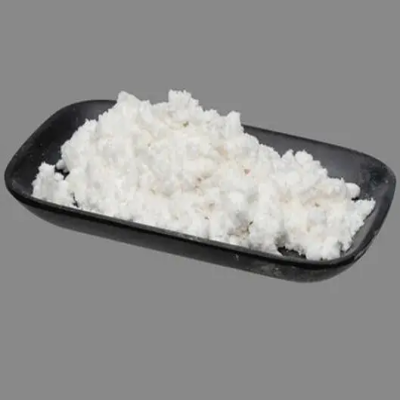MONOBUTYL PHTHALATE CAS:131-70-4
Monobutyl phthalate (MBP), chemically known as butyl 2-ethylhexyl phthalate, has the molecular formula C₁₄H₁₈O₄ and serves as an important intermediate in the production of various phthalate esters. It is synthesized through the reaction of phthalic anhydride or phthalic acid with butanol under controlled conditions. This compound is categorized as a phthalate, which is a group of chemicals commonly used as plasticizers to increase the flexibility and workability of plastics. The primary application of MBP lies in its function as a plasticizer for polyvinyl chloride (PVC) and other thermoplastic polymers. By incorporating MBP, manufacturers can produce flexible and durable products, ranging from flooring materials to medical devices. The use of MBP helps improve material characteristics such as resilience, impact resistance, and temperature stability, making it essential in a variety of industries, including construction, automotive, and consumer goods. Despite its utility, the safety of MBP has been a topic of concern due to potential health risks associated with phthalates. Research has indicated that exposure to certain phthalates may disrupt endocrine functions and be linked to reproductive and developmental issues. Consequently, regulatory agencies have begun evaluating the safety of MBP and other phthalates, leading to increased scrutiny and calls for alternatives in product formulations. To address these concerns, there is an ongoing pursuit of safer plasticizers that can replace MBP without compromising performance. Efforts are focused on developing bio-based and non-toxic alternatives that maintain desirable properties while minimizing health and environmental risks. In summary, monobutyl phthalate is a significant compound widely used as a plasticizer in numerous applications. While it enhances the performance of various materials, its potential health impacts necessitate careful consideration and ongoing investigation into safer alternatives, ensuring the protection of both consumers and the environment. Understanding MBP’s properties and implications is crucial for navigating the future of plasticization in a responsible manner.



| Composition | C12H14O4 |
| Assay | 99% |
| Appearance | white powder |
| CAS No. | 131-70-4 |
| Packing | Small and bulk |
| Shelf Life | 2 years |
| Storage | Store in cool and dry area |
| Certification | ISO. |




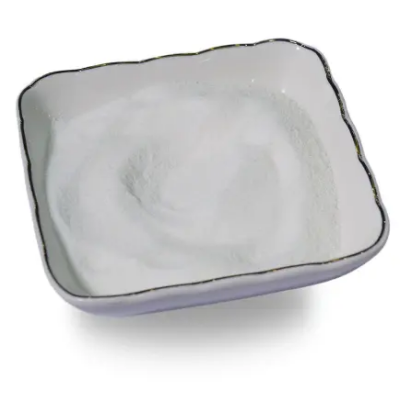
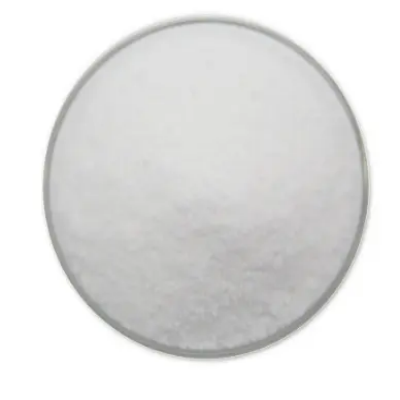
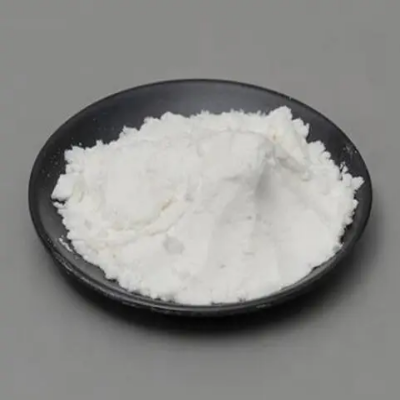
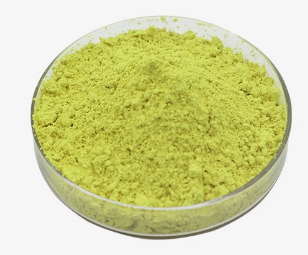
![11-piperazynil-dibenzo[b,f][1,4]thiazepine2HCl CAS:111974-74-4](https://cdn.globalso.com/xindaobiotech/HSUS81DS80Y35NTEZTU149.png)
